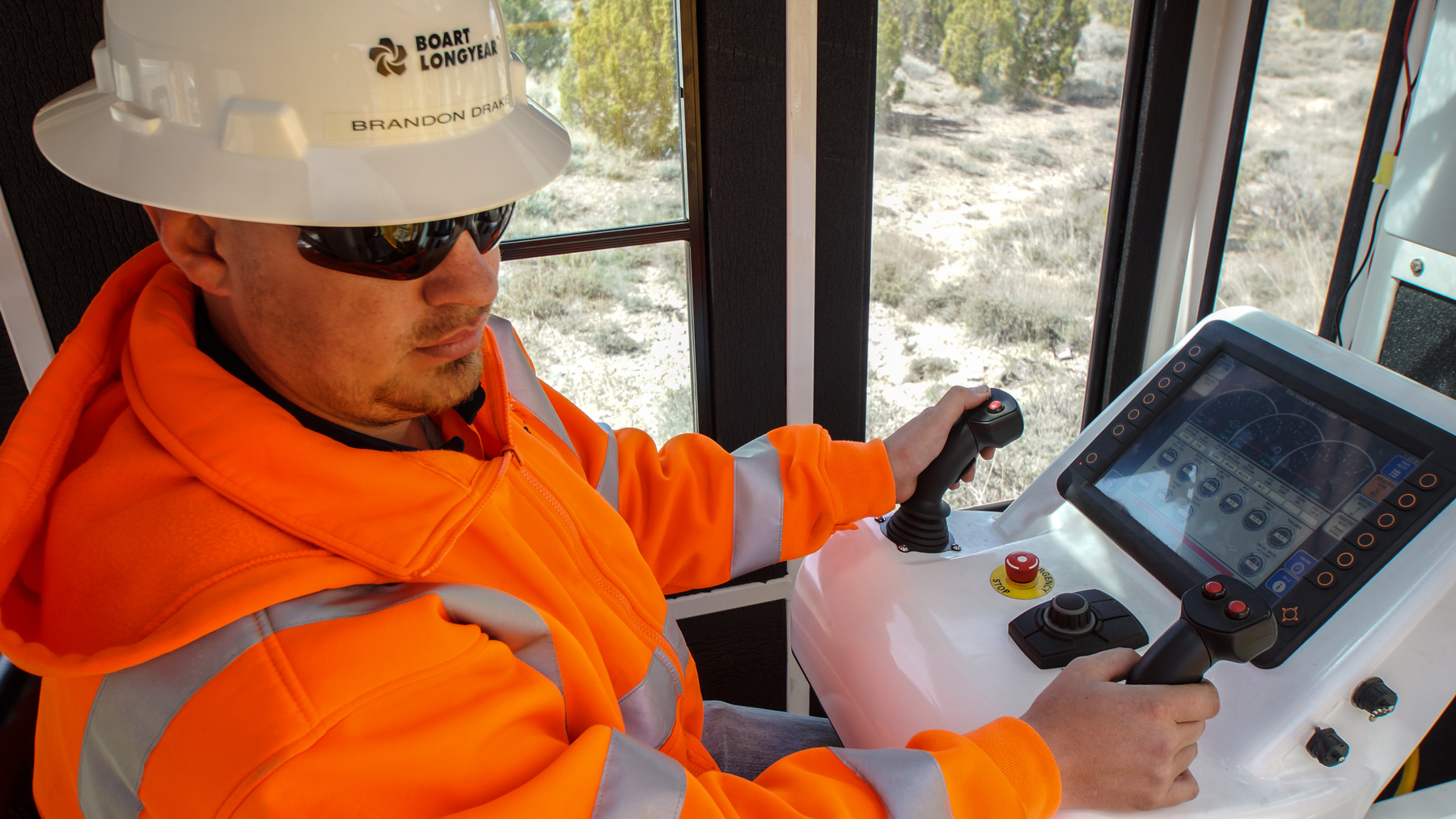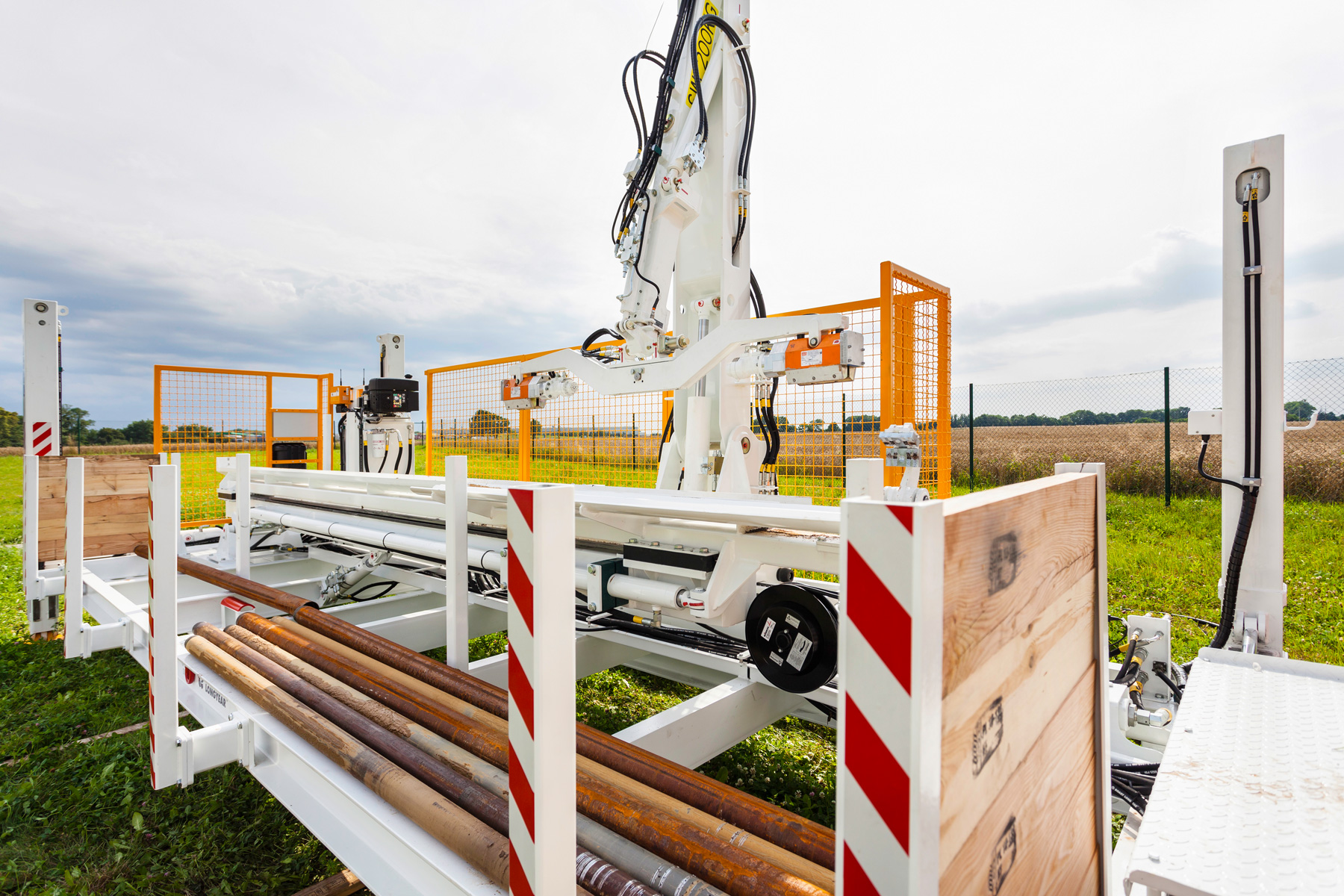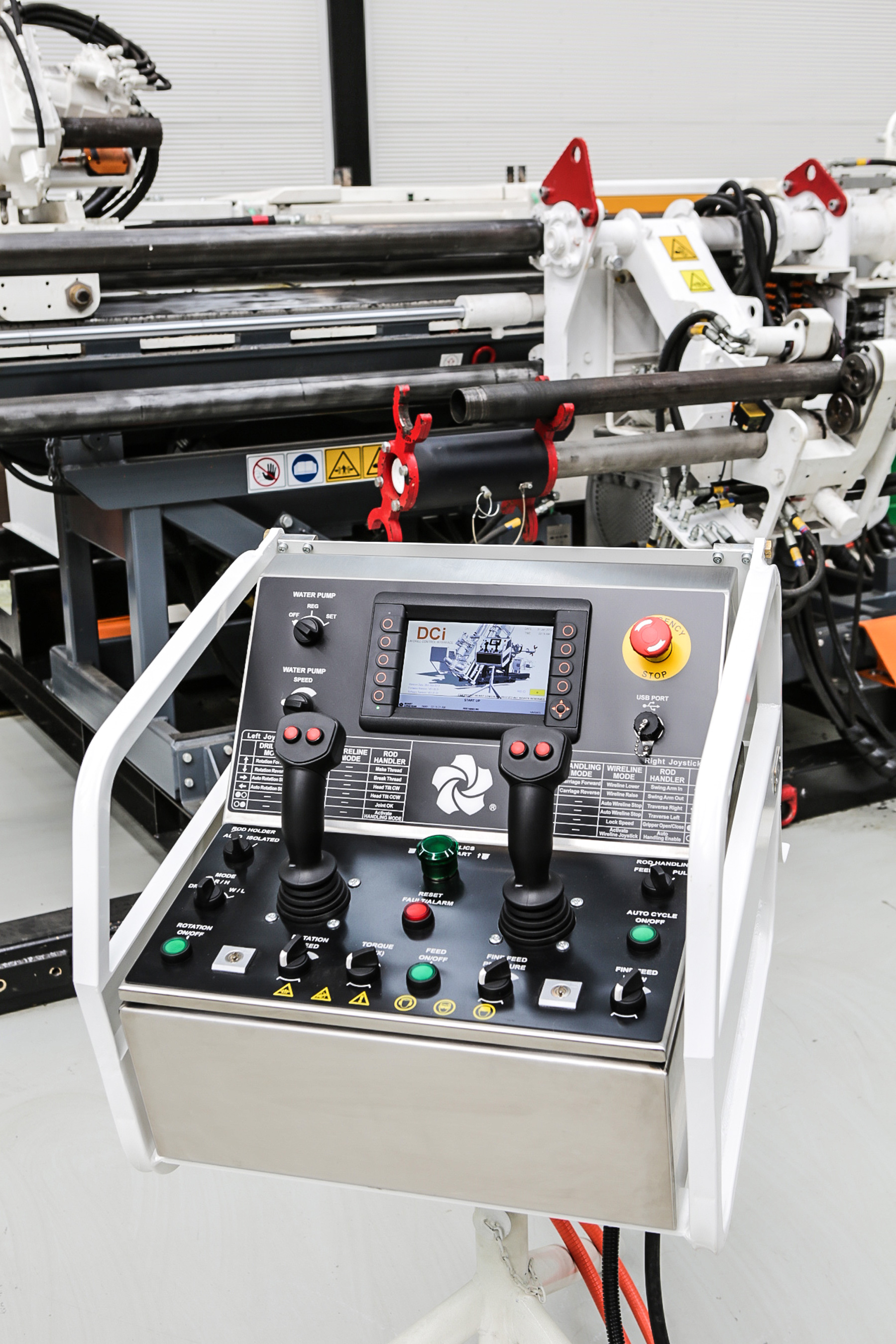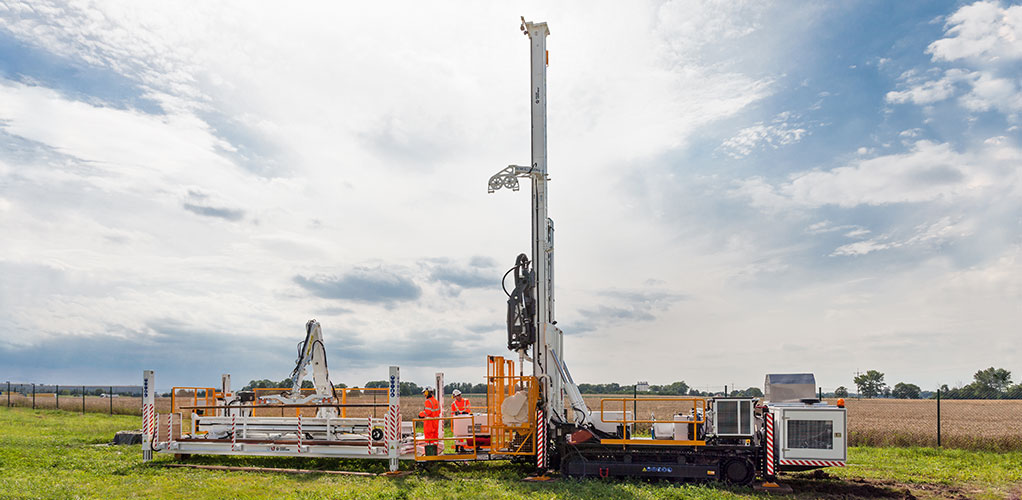EXPLORATION
July 31, 2017
Automating the Future
This article originally appeared in Australasian Drilling.
Safety Drives Innovation on Site
The current wave of innovation in surface and underground drilling involves advances in automation that move the industry a big step forward in safety.
Electronic controls and other technology developments enable drillers to operate equipment while physically removed from potential sources of danger. While the catalyst for automation is the need to increase safety, automation also results in greater productivity for mining operations.

Let’s take a closer look at the evolution toward electronic controls, the main tool that enables the automation of drilling equipment. Over the past decade, increasingly stringent safety regulations have required mining operations to adopt complex and sophisticated controls and procedures to meet those regulations, leading to more complicated electrical circuitry and larger and more cumbersome control panels. Operating machinery becomes more difficult for drillers and so does troubleshooting.
Computer-based control systems can overcome these challenges. Safety interlocking functionalities, such as rotational barriers and automatic shutdown modes, and preferred operating methods are programmed into the system, simplifying circuitry and reducing the size and weight of the control panels. These features make it easier to operate machinery, while meeting industry regulations.
The advantages of electronic controls are compelling:
Enhanced Safety
The number one benefit is significantly improved safety on site. Drillers can operate rigs from off the platform, away from the direct “line of fire.” With traditional hydraulic systems, drillers can only be as far away as the hoses to the control panel permit, which means they must remain close to the drill hole and its hazards. But with electronic control systems, drillers can run rigs from remote locations, with protection from potential dangers and even weather conditions.

Also, lighter weight and more portable control panels offer an advantage over heavier hydraulic panels for rig moves. With automated systems that encompass the handling of drill rods, drillers are also removed from the risks of injury involved with adding or removing rods from the drill string, including rotating parts, heavy lifting, awkward body positions, pinch points, fatigue and repetitive strain.
Increased Productivity
A secondary, yet important, benefit is increased productivity. Drilling tasks can be automated to an equivalent or quicker speed than a driller could perform. Electronic controls facilitate unattended drilling, allowing the rig to complete a rod run while drillers undergo a shift change or take a meal break.
Drillers also can perform other value-added tasks while the machinery completes the manual tasks. The capability to set operating parameters means the system will automatically shut down drilling if those parameters are breached. This capability also allows supervisors to set parameters for less experienced drillers, so human error is reduced and productivity is maintained.

While the safety and economic benefits are significant -- and the attraction of new technology can be powerful -- the decision to automate, and how much to automate, must be driven by a cost-reward evaluation.
At Boart Longyear, we are taking a measured approach to automation. Diamond coring involves numerous steps, and many require manual intervention. Machines aren’t designed to do everything, and full automation will require significant investment.
So we approach automation one process at a time. What can we automate with the drill rig we have? What steps can a machine do without the human hand? How can we best automate those steps through software programs?
An early focus for us was on mechanizing and automating rod handling processes. In the past few years, we have rolled out a range of advanced and patented rod presenters and handlers that partially or fully mechanize rod handling, which removes drillers from the hazards associated with those tasks.
Our DCi (Drill Control Interface), introduced in 2013, is a fully electronic interface that allows one operator to control both the drill rig and the rod handler. The DCi incorporates CAN bus (Controller Area Network) technology to enable communication between the drill rig, the rod handler and the DCi to self-monitor and semi-automate most drilling operations.
The system provides immediate feedback on drilling conditions and records a range of data for reporting and analysis. Sensors provide real-time status on rotation speed and pressure, feed and holdback pressure, water flow and pressure, penetration rate, bit force, diagnostics and alarms.
With the push of a single button, the control system monitors drill rod position and rotation speed and feed, and continues drilling. On completion, the system disables rotation.
Additionally, one-touch rod feed and pull functionality allows the driller to efficiently and effortlessly trip rods. Our newest mobile underground coring drill, the MDR700, features both our DCi and patented rod handler.

Launching this year, the LF™350 surface coring rig is one of the deepest coring drills on the market and is equipped with a fully electronic CAN bus control system.
The LF350 can also be paired with the FL262 FREEDOM™ Loader, which was launched last year with the LF™160 surface coring rig.

Are you ready to take the next step towards automation?




